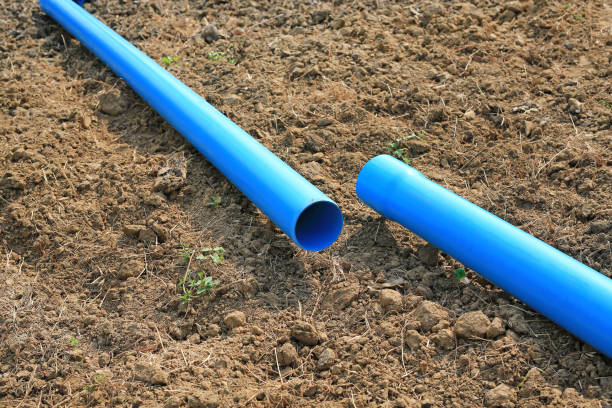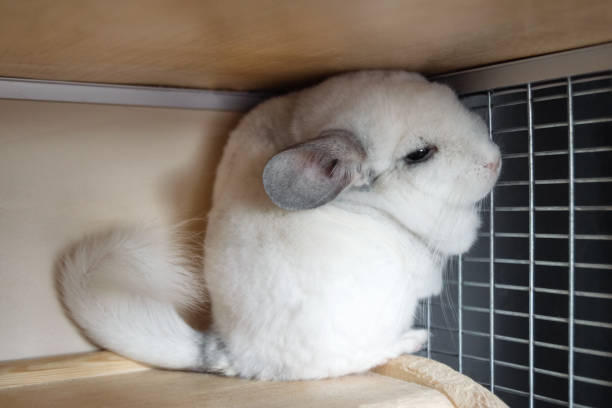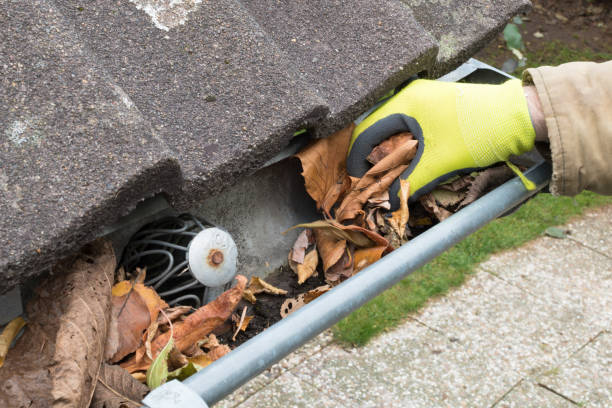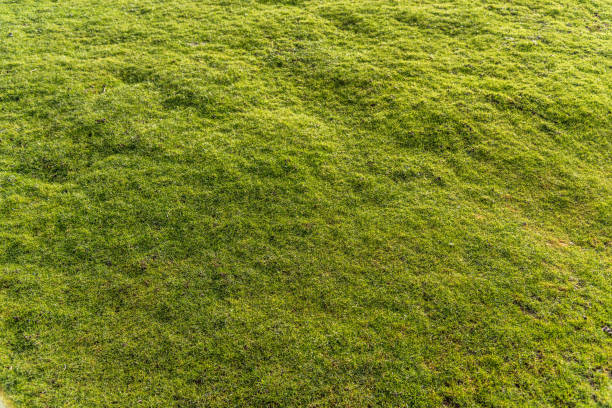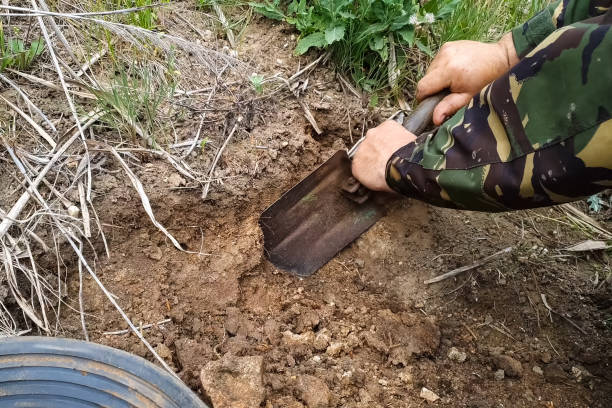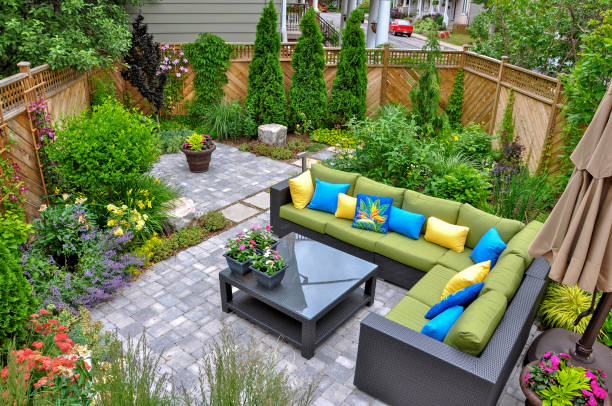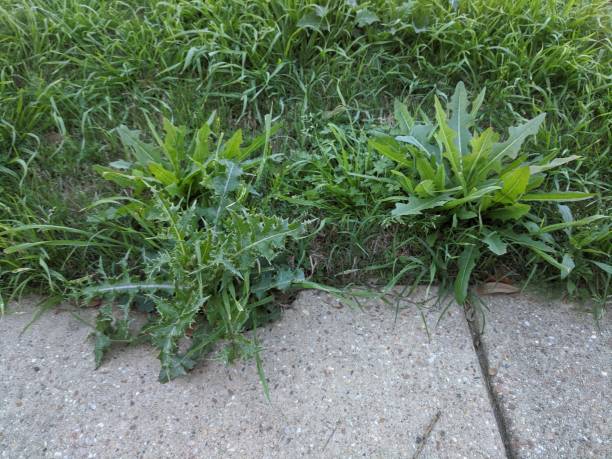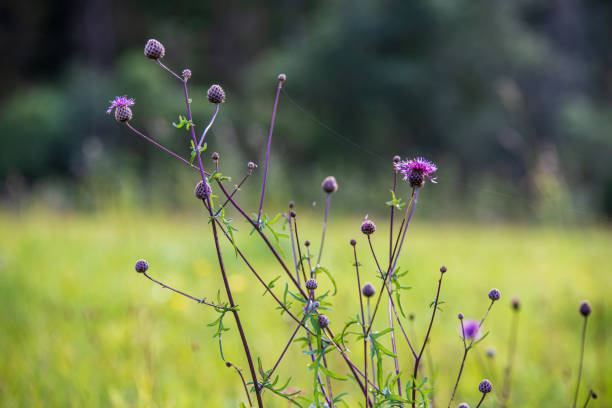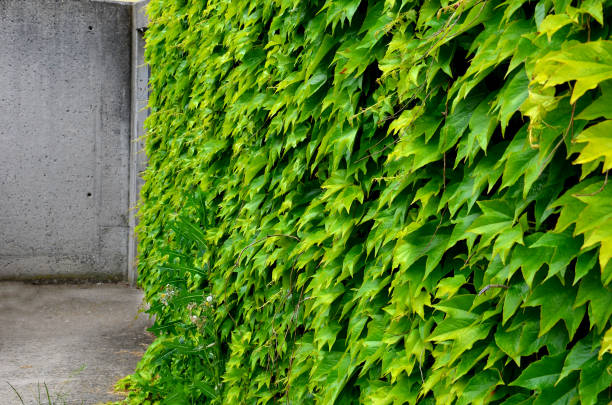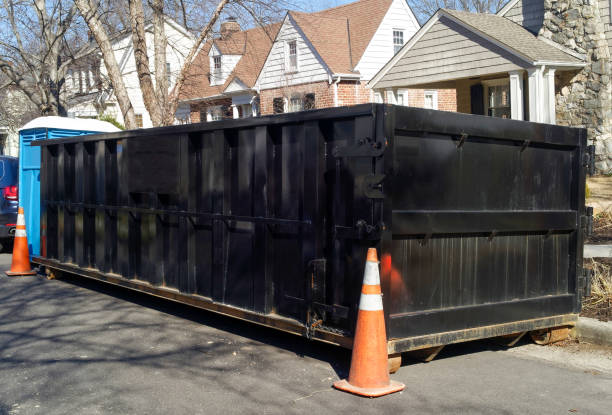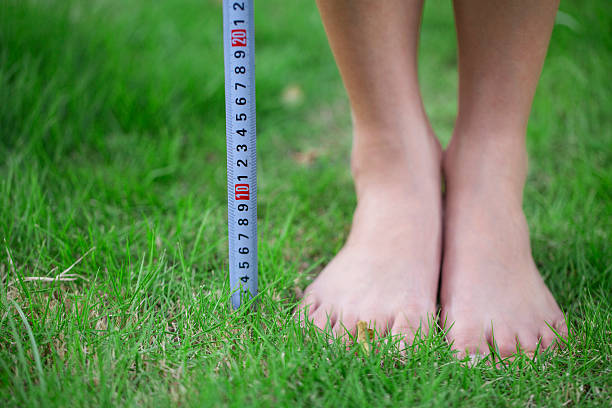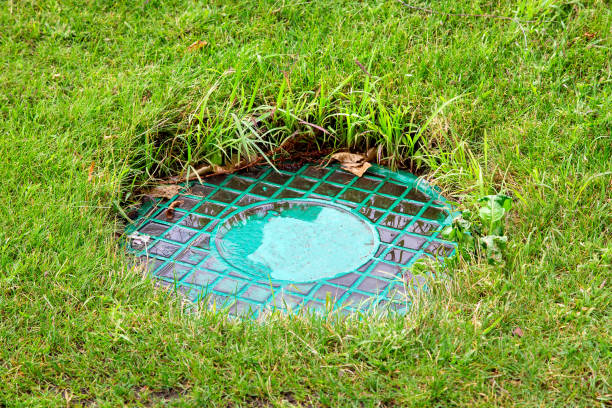How to Hide Pipes in Yard
This post contains affiliate links. This means I will make a commission at no extra cost to you should you click through and make a purchase. Read the full disclosure here.Pipes running through your yard may be necessary for various utilities such as water, gas, or drainage. However, their visibility can disrupt the aesthetic appeal of your outdoor space. Fortunately, there are effective methods to conceal these pipes without compromising their functionality or accessibility. In this article, we will explore different approaches to hide pipes in your yard and transform your outdoor area into a seamless and visually appealing environment.
1. Introduction
Maintaining a visually pleasing yard is a common goal for homeowners, and the presence of exposed pipes can detract from the overall appeal. By concealing these pipes, you can create a harmonious and unobstructed outdoor space that enhances the beauty of your property. This article will guide you through the process of hiding pipes in your yard, ensuring a seamless integration with your landscaping.
2. Why Hide Pipes in Yard?
Understanding the motivations behind hiding pipes in your yard can help you prioritize and approach the concealment process effectively. Concealing pipes offers several benefits, including:
- Aesthetic Enhancement: Hidden pipes contribute to a cleaner and more visually appealing yard.
- Safety and Protection: Concealing pipes protects them from damage caused by external factors such as weather or accidental impact.
- Unobstructed Space: Eliminating visible pipes allows you to make the most of your yard without any visual interruptions.
- Property Value: A well-maintained and aesthetically pleasing yard can increase the value of your property.
3. Assessing the Existing Pipes
Before proceeding with pipe concealment, it is crucial to evaluate the type, location, and purpose of the existing pipes. Understanding these factors will help you determine the most suitable concealment methods and materials. Take note of any potential risks or safety concerns associated with the pipes.
4. Planning and Designing Pipe Concealment
Concealing pipes in your yard requires careful planning and design to achieve a seamless integration with your landscape. Consider the following aspects:
4.1 Choosing Suitable Concealment Methods
Different methods are available for hiding pipes, depending on their location and purpose. Some common concealment methods include burying pipes underground, using pipe sleeves or casings, and installing decorative covers or rock features. Evaluate each method’s suitability based on your specific requirements and preferences.
4.2 Considering Aesthetics and Functionality
When planning the concealment of pipes, strike a balance between aesthetics and functionality. Choose concealment materials and designs that blend well with your existing landscape, ensuring a cohesive and visually pleasing outcome. Additionally, consider the accessibility and ease of maintenance for the concealed pipes.
5. Concealing Pipes Underground
One popular approach to hide pipes is burying them underground. This method provides a clean and unobtrusive solution. Follow these steps for successful pipe concealment:
5.1 Digging Trenches
Digging trenches allows you to create an underground pathway for the pipes. Ensure you adhere to local regulations regarding trench depth and safety precautions. It is essential to avoid damaging existing pipes or utility lines during the digging process.
5.2 Using Pipe Sleeves or Casings
To provide additional protection and longevity to the buried pipes, consider using pipe sleeves or casings. These protective covers shield the pipes from potential damage caused by soil movements or external factors. Choose sleeves made from durable materials that can withstand environmental conditions.
5.3 Installing Decorative Covers or Rock Features
After burying the pipes, you can further enhance their concealment by installing decorative covers or incorporating rock features. These additions create an aesthetically pleasing disguise for the pipes, seamlessly blending them with the surrounding landscape. Ensure the covers are easily removable for any future maintenance needs.
6. Concealing Pipes Aboveground
In cases where burying pipes is not feasible or desired, aboveground concealment methods can be employed. Consider the following techniques:
6.1 Utilizing Landscaping Elements
Integrating landscaping elements can effectively hide aboveground pipes. Strategically placing shrubs, bushes, or small trees around the pipes can create a natural camouflage. Consider using plants that match the existing landscape and require minimal maintenance.
6.2 Building Structures to Hide Pipes
Constructing structures such as trellises, lattice panels, or wooden enclosures can provide an attractive way to conceal pipes aboveground. These structures can be customized to match your yard’s aesthetics while maintaining easy access to the pipes when needed.
7. Ensuring Accessibility and Safety
While hiding pipes is essential for visual appeal, it is equally important to ensure accessibility and safety. Consider future maintenance requirements and ensure easy access to the concealed pipes. In case of emergencies or repairs, the concealed pipes should be readily accessible without causing damage to the surrounding landscape.
8. Maintenance and Longevity of Concealment Methods
Regular maintenance is crucial to prolong the concealment methods’ effectiveness and preserve the visual appeal of your yard. Inspect the concealed pipes periodically, addressing any signs of wear, damage, or vegetation overgrowth. Additionally, ensure that the concealment materials are durable and weather-resistant to withstand various environmental conditions.
9. Conclusion
Hiding pipes in your yard can significantly enhance its aesthetic appeal while maintaining the functionality of the utilities. By carefully planning and considering the various concealment methods available, you can transform your yard into a visually pleasing space that seamlessly integrates with your landscaping. Whether you choose to bury the pipes underground or employ aboveground concealment techniques, remember to prioritize accessibility, safety, and long-term maintenance.
10. FAQs
Can I conceal gas or utility lines in my yard?
Yes, gas or utility lines can be concealed in your yard. However, it is essential to consult with professionals to ensure compliance with local regulations and safety standards.
How deep should I bury the pipes for concealment?
The depth required for burying pipes depends on various factors, including local regulations, pipe type, and purpose. Consult with a professional plumber or utility provider to determine the appropriate depth for your specific circumstances.
Are there any regulations or permits required for pipe concealment?
Regulations and permit requirements for pipe concealment may vary depending on your location. It is advisable to contact your local authorities or utility providers to understand any necessary permits or guidelines.
What materials can I use to create decorative covers for the pipes?
You can use a wide range of materials to create decorative covers for the pipes, including wood, stone, faux rock, or decorative metal. Choose materials that are durable, weather-resistant, and blend well with your yard’s aesthetics.
Can I hire professionals to help me hide the pipes in my yard?
Yes, hiring professionals such as landscapers, plumbers, or contractors experienced in pipe concealment can ensure a seamless and professional outcome. They can provide expert advice, proper installation, and ensure compliance with regulations and safety standards.

